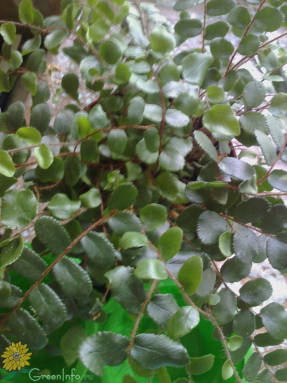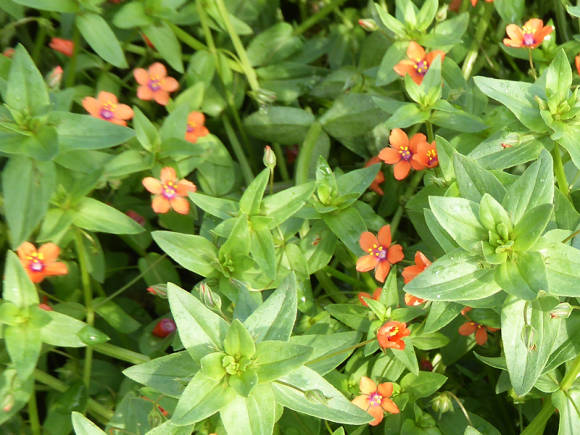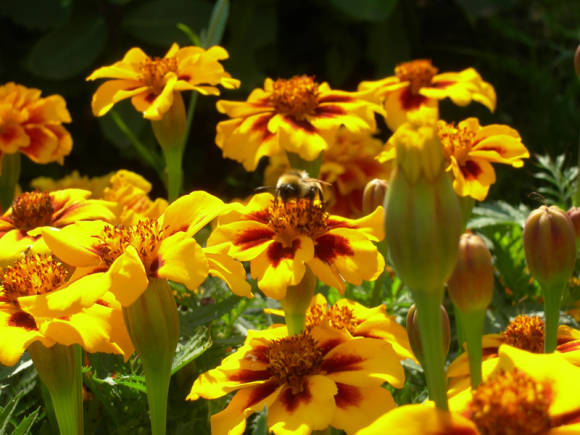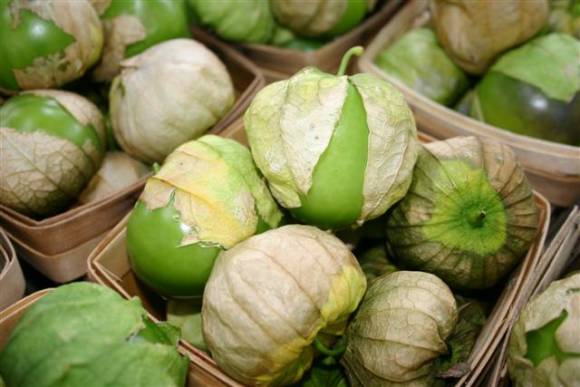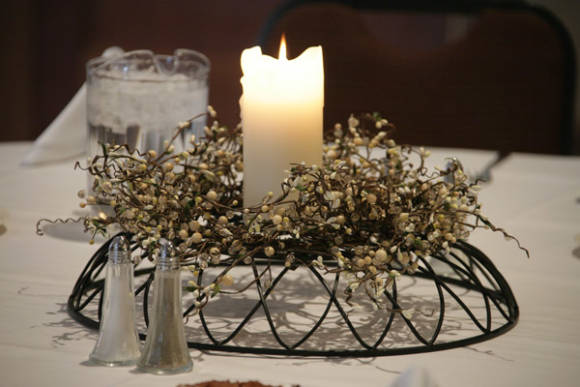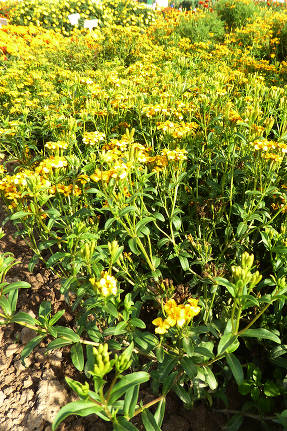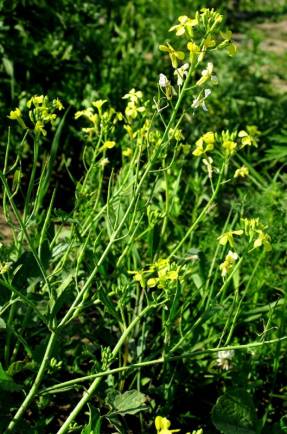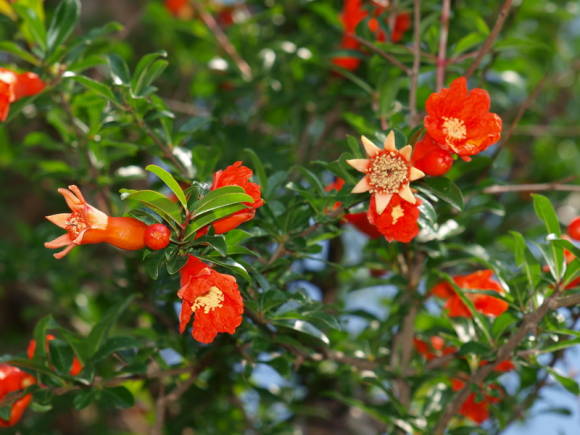The name of Armeria originates from the Celtic language and in translation means "living along the coast" or "living near the sea." This is one of the most beautiful and delicate garden plants that pleases the eye for more than one year.
 |
It is a short perennial plant with a taproot and long narrow-linear leaves collected in a dense basal rosette. Forms dense pillows 10–15 cm high and up to 20–25 cm in diameter.
In garden plots, the most common armeria seaside (Armeria maritima)... Its most popular varieties are "Alba" - with white flowers; Rosea with carmine pink flowers and Laucheana with carmine red flowers, Rubrifolia with pink flowers and purple leaves that turn bronze in autumn.
 |
Flower arrows from 10 to 30 cm in height appear from the center of the rosette of linear bluish-green leaves. The inflorescence is capitate, 2-3 cm in size, consists of small pale pink or mauve small flowers. Armeria bloom from late May to September.
Cultivation and reproduction
 |
Armeria is best grown in sunny areas with light, moist soil, preferably with an acidic or slightly acidic soil reaction, because plants tolerate lime very poorly.
The soil must be loose and sufficiently moist. Stony or sandy soil works well. The plant does not like stagnation of moisture in the root layer of the soil, therefore, it is necessary to ensure good drainage in the area chosen for planting armeria. All types of armeria tolerate dry periods and frosts down to -15оС well.
Armeria reproduce by seeds, dividing the bush and cuttings. It is easy to grow from freshly harvested seeds, which are sown immediately to a permanent place in spring or fall. It is preliminarily recommended to soak the seeds for 8 hours in warm water.
You can use the seedling method of growing armeria. For this, seeds are sown in late winter - early spring in containers or wooden boxes, which are placed in greenhouses. The optimum temperature for germination is from +15 to + 21 ° C. The grown seedlings are planted in open ground under a film. Plants grown from seeds begin to bloom in the second year of growth, less often in the fall of the year of planting.
In addition to seeds, parts of plants obtained as a result of division, or cuttings, can be used to grow armeria.
To do this, every 2-3 years, immediately after the end of flowering, the plants are divided into small parts. In armerias, each individual branch takes root well, quickly forming an independent plant. Small rosettes are taken on cuttings, their rooting occurs from spring to early autumn.
Plants do not require any special care. After the inflorescence wilting, it is necessary to cut the peduncles to extend the flowering period and stimulate the formation of new buds. At the same time, the dense Armeria sods formed during the summer retain their decorative effect for a long time, since the rosettes remain green in the winter.
Every 5–6 years, it is necessary to divide the bushes. For the winter, it is advisable to cover the plants with spruce branches.
Use in garden design
Armeria are recommended for rock gardens, curbs, rabatoks and groups. Due to the dense, herbaceous rosettes that retain their greenness in winter, the Armeria fits well into groups of large creeping plants. It goes well with saxifrage, sedum, low creeping phlox, Carpathian bell, yaskolka, creeping thyme.
The compact Armeria rosettes look especially impressive in the crevices of the retaining walls and between the slabs of the paths. Armeria coexist well with other ground cover plants.
Armeria can also be used in cut flowers to create bouquets. It is recommended to cut the flower stalks in the phase of full opening of the buds. Armeria flowers can also be dried to create winter bouquets. Cut and collected in small bunches flower stalks are dried, hanging them in a dark dry place.
"Ural gardener", No. 28, 2014
